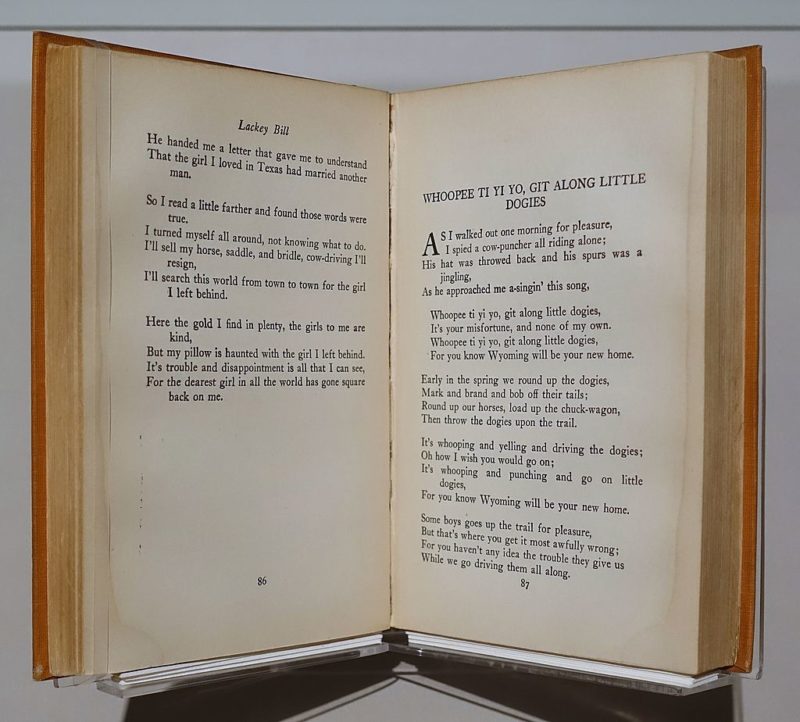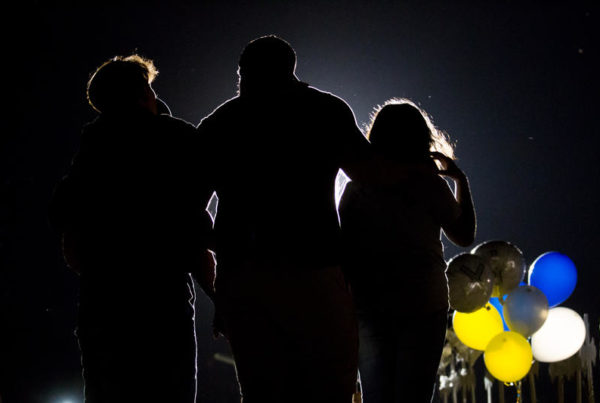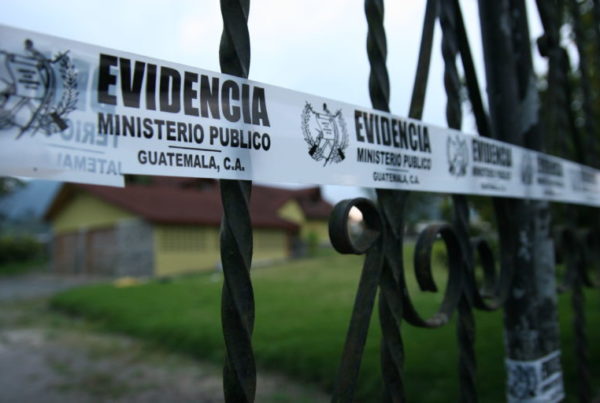John Lomax III never knew his grandfather. All he has now are vague memories of the man who is remembered for his work documenting America’s sounds, songs and stories in the early-to-mid 20th century. Four decades after its initial publication, Lomax III is co-writing the foreward to the reissue to his grandfather’s groundbreaking memoir, “Adventures of a Ballad Hunter.”
Lomax III says that much of the success of his grandfather’s efforts came to be after his passing. For example, one of the songs that Lomax found, “Goodnight Irene,” held the #1 spot on the Billboard charts for ten weeks. Lomax had passed away a year earlier, however, as did the songwriter.
Long before starting his journey across America, Lomax was a teacher. Lomax III says his grandfather taught at four different colleges before enrolling at Harvard to get his master’s degree.
“He obviously was a folklorist,” Lomax III says. “He wasn’t a trained musicologist by any means, other than learning by doing. He just had this passion for songs and this awareness that if someone didn’t go out and get these songs and permanently record them, they could well have been lost.”
Lomax didn’t just collect songs, though. He also sought out stories, children’s rhymes and games, too.
“It was all manners of oral expressions of the American people that would not exist had it not exist had it not been for him and others that were doing similar work, although no one did it to the extent that he did, Lomax III says.
“At the end of his life, there was 5,500 songs, stories and other recordings that were the basis for the Library of Congress’ Library of Recorded Sound.”
Lomax III says his grandfather’s passion for documenting and recording history arose while living near a Texas branch of the Chisholm Trail, used after the Civil War by Texas ranchers to drive cattle overland.
“He would hear these cowboys singing at night,” Lomax III says. “Then they had a black field worker that they hired for the farm who taught them a lot of the black jingles and dances and things from that section of culture.”
By the time Lomax was a teenager, he had been exposed to cowboy songs and an entire canon of black music that very few white people would have ever been exposed to, leaving him wanting to find out more.
Lomax III says the memoir describes a lot of Lomax’s adventures in the varying vernaculars of the communities he was documenting.
“He had taken very detailed notes of conversations and of other things, so when we learn about the people that he’s recording [and] the songs, we learn the background of their lives, their existence, their dialects and the way they talk, as well as the songs that they’re presenting to us,” Lomax III said.
Lomax III says his grandfather’s goal with the project was simple: to preserve American culture and make it available for the rest of history.
“And that he did,” Lomax III says.
All 5,500 of the songs Lomax recorded can now be accessed through the Library of Congress, or by going to culturalequity.org.
Written by Rachel Zein.















